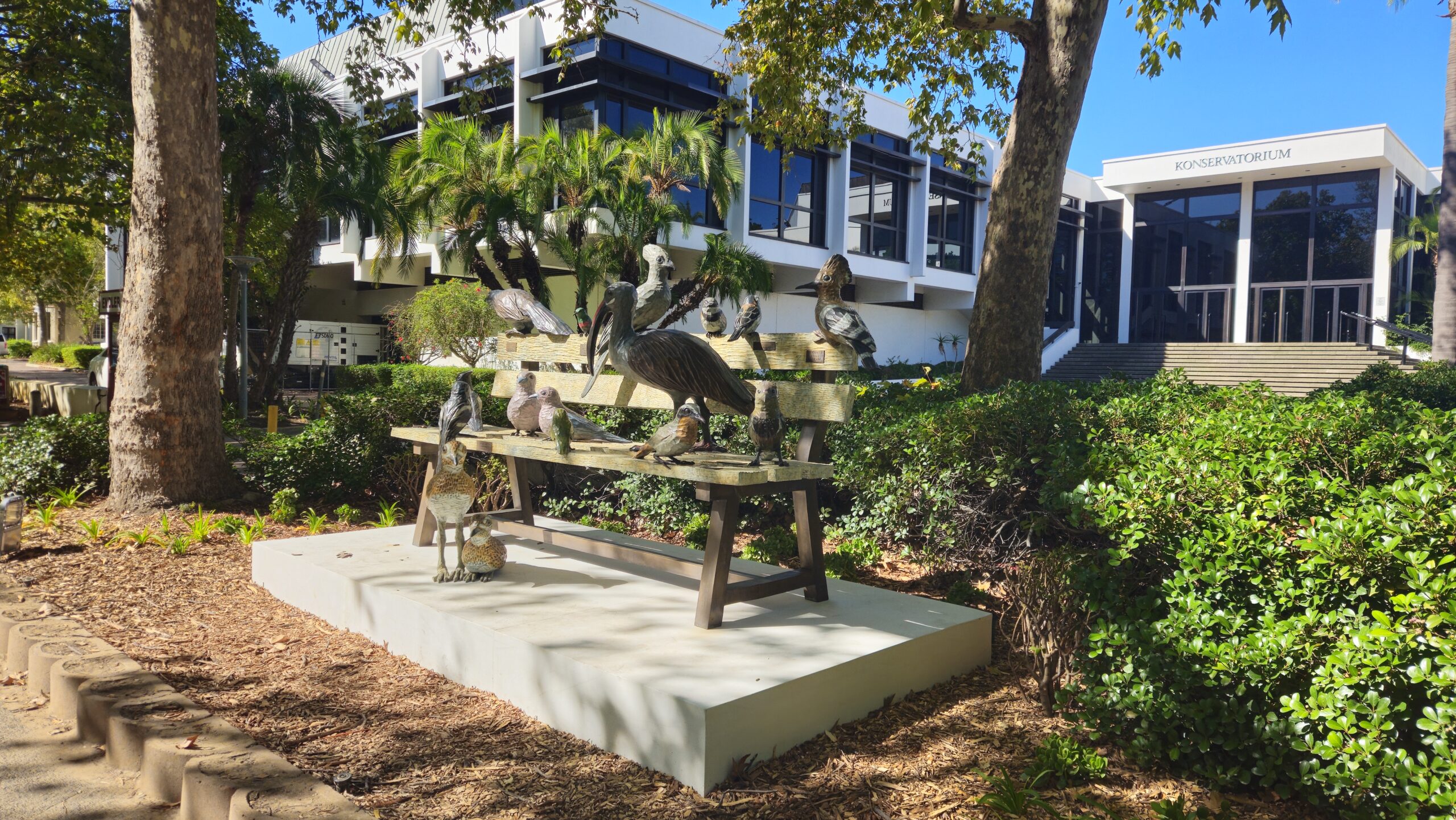KESIA ABRAHAMS
Homeless people are a regular sight on the Stellenbosch University (SU) campus, and links have often been drawn between these people and criminal activity.
Viljoen van der Walt, spokesperson for Campus Security (Director: Risk Management and
Campus Security), said, however, that the belief that homeless people are dangerous is not factual.
“There are not many examples where homeless people are directly responsible for violent crimes against students,” Van der Walt said. Some anomalies have, however, allegedly occurred on campus. Two female students, who have chosen to remain anonymous, have relayed two unrelated cases where one of them was allegedly chased, and the other groped, by supposedly homeless people. Both students said that they had also been catcalled by homeless people while on campus.
Van der Walt said that it is not a crime for homeless people to be on campus as it is an open public area.
“Crime follows the homeless, it is not the homeless themselves [who commit the crime],” he said.
He added that people tend to jump to conclusions with regards to homeless people and crime, and that people need to realise that homeless people are human. Martin Viljoen, SU spokesperson, was unavailable for comment after being contacted first on 6 February, again on 7 February, and finally on 11 February.
Dr Lauren Mongie, a lecturer in the Department of General Linguistics, has done extensive work on homelessness. Mongie teaches, amongst other courses, a third-year class entitled ‘Solving Problems in Linguistics’, where the problem of focus is the interactions between homeless and non-homeless people on campus. From the course, Mongie found that many of the students seem to believe that homeless people are in that position due to bad decisions that they made in their lives.
“A lot of people tend to link homelessness to moral defect,” she said. Mongie addressed the issue of the link between homelessness and criminal activity and said that homeless people are not the culprits but, more often than not, the victims. She added that homeless people do not have the safety of a home and, because of their vulnerability, they fall victim to theft. According to her, many students are not aware of the real reasons why people become homeless and this causes them to have incorrect perceptions about homeless people. She said that homelessness comes about due to numerous reasons, ranging from abuse and generational poverty, to mental illness.
“Our response to them [homeless people] is what keeps them trapped in a cycle of poverty because they start to think so little of themselves,” Mongie said.
Stephen Osbourne, a homeless man currently residing in an abandoned house along Merriman Street, said that he came to Stellenbosch in pursuit of “better options” and for the night shelter. According to him, many homeless people in Stellenbosch struggle to get into the night shelter due to space. Osbourne believes that a lot of people in Stellenbosch are suffering unnecessarily.
“Stellenbosch is one of the most disgusting places when it comes to accommodation and helping people off the streets,” he said. However, he added that students have gone to great lengths to help those in need. Osbourne said that “the students don’t realise how many people they keep alive, feed, make feel better.”
Despite the efforts, Osbourne believes that there are still many people struggling in
Stellenbosch, especially young people. “People don’t know what’s going on half the time,” he said.
Further, he feels that the churches in Stellenbosch promote helping the homeless, but do very little else. “You go to class once a week, get a ticket, a cup of coffee and a sandwich, and that’s about it,” Osbourne said.
“I hate begging but what else can I do?”
Photo: Kathryn van den Berg



